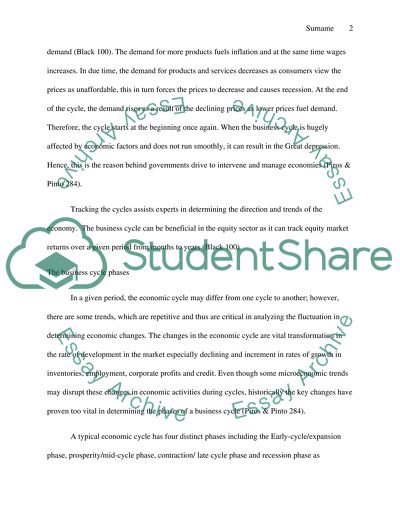Cite this document
(“Understanding how asset classes and systematic strategies behave and Thesis”, n.d.)
Retrieved from https://studentshare.org/macro-microeconomics/1643589-understanding-how-asset-classes-and-systematic-strategies-behave-and-perform-during-different-macroeconomic-environments
Retrieved from https://studentshare.org/macro-microeconomics/1643589-understanding-how-asset-classes-and-systematic-strategies-behave-and-perform-during-different-macroeconomic-environments
(Understanding How Asset Classes and Systematic Strategies Behave and Thesis)
https://studentshare.org/macro-microeconomics/1643589-understanding-how-asset-classes-and-systematic-strategies-behave-and-perform-during-different-macroeconomic-environments.
https://studentshare.org/macro-microeconomics/1643589-understanding-how-asset-classes-and-systematic-strategies-behave-and-perform-during-different-macroeconomic-environments.
“Understanding How Asset Classes and Systematic Strategies Behave and Thesis”, n.d. https://studentshare.org/macro-microeconomics/1643589-understanding-how-asset-classes-and-systematic-strategies-behave-and-perform-during-different-macroeconomic-environments.


